Building & Construction: Cost Estimation, Plan Interpretation Q&A
VerifiedAdded on 2023/05/29
|9
|1684
|386
Homework Assignment
AI Summary
This assignment comprises a series of questions and answers related to key aspects of building and construction, likely as part of a Certificate IV course. It covers topics such as ensuring contract understanding for owners with language barriers, different types of cost estimates (detailed quotation and tender proposal), factors not accurately accounted for in budget estimates (earthworks), disclosures when giving budget estimates, essential items for detailed quotations (plans and client specifications), features of tender documentation, the meaning of 'addenda,' elements for accurate cost estimation (labor rates, material suppliers, legal requirements, quantities), the importance of validation dates on estimates, problems with over-ordering materials, handling inferior material specifications, advantages of using subcontractors, overheads to account for, the impact of EPA requirements, considerations for employee labor costs, methods for calculating overheads, critical aspects for securing profit margins in fixed-price contracts, communication processes with clients, methods of calculating estimates, the importance of clear quotations, necessary facilities on construction sites, information needed from material suppliers, materials requiring quotations, the importance of accurate plan interpretation, and additional costs determined by statutory requirements. The document appears to be a student's submission for assessment, providing detailed answers to each question, indicating a comprehensive understanding of the subject matter.
1 out of 9
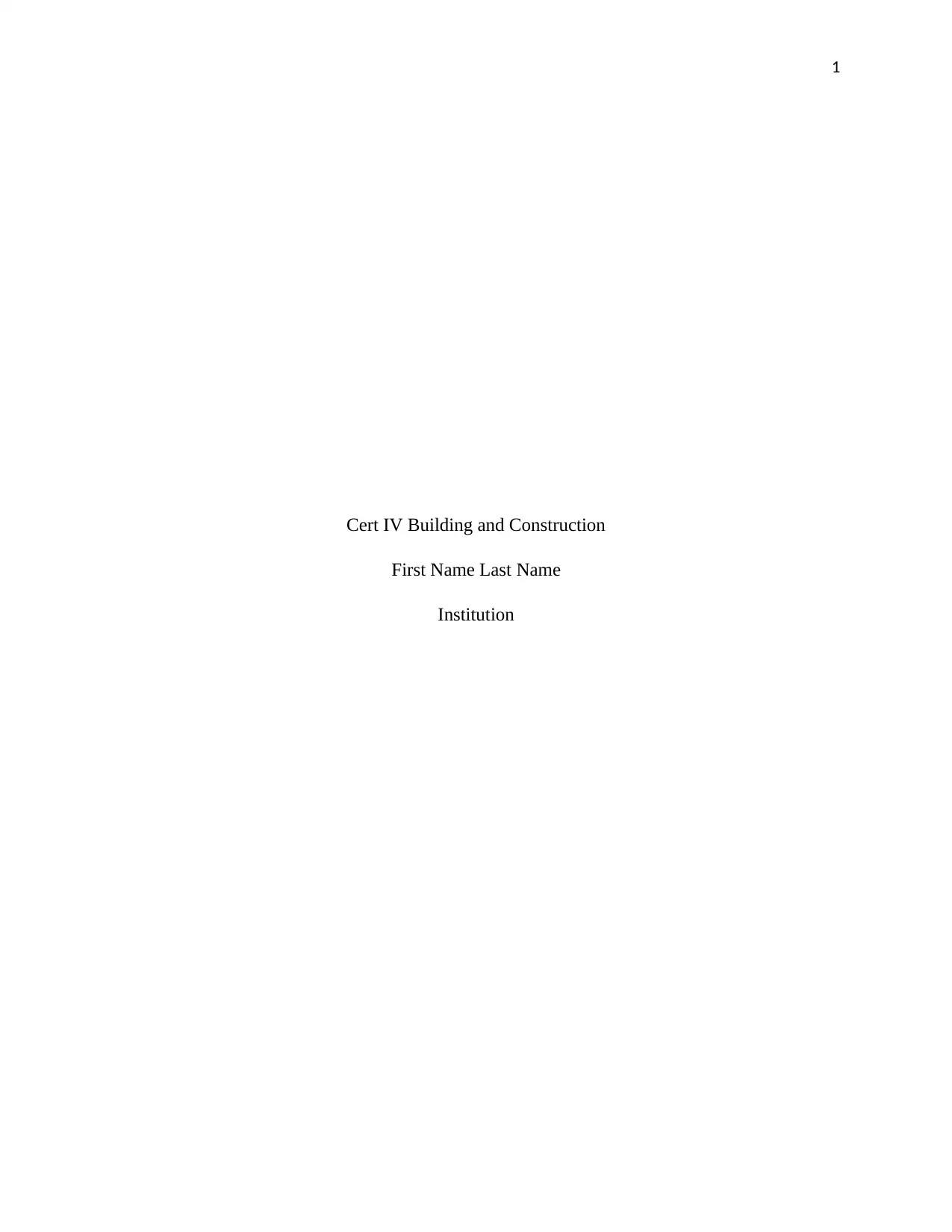
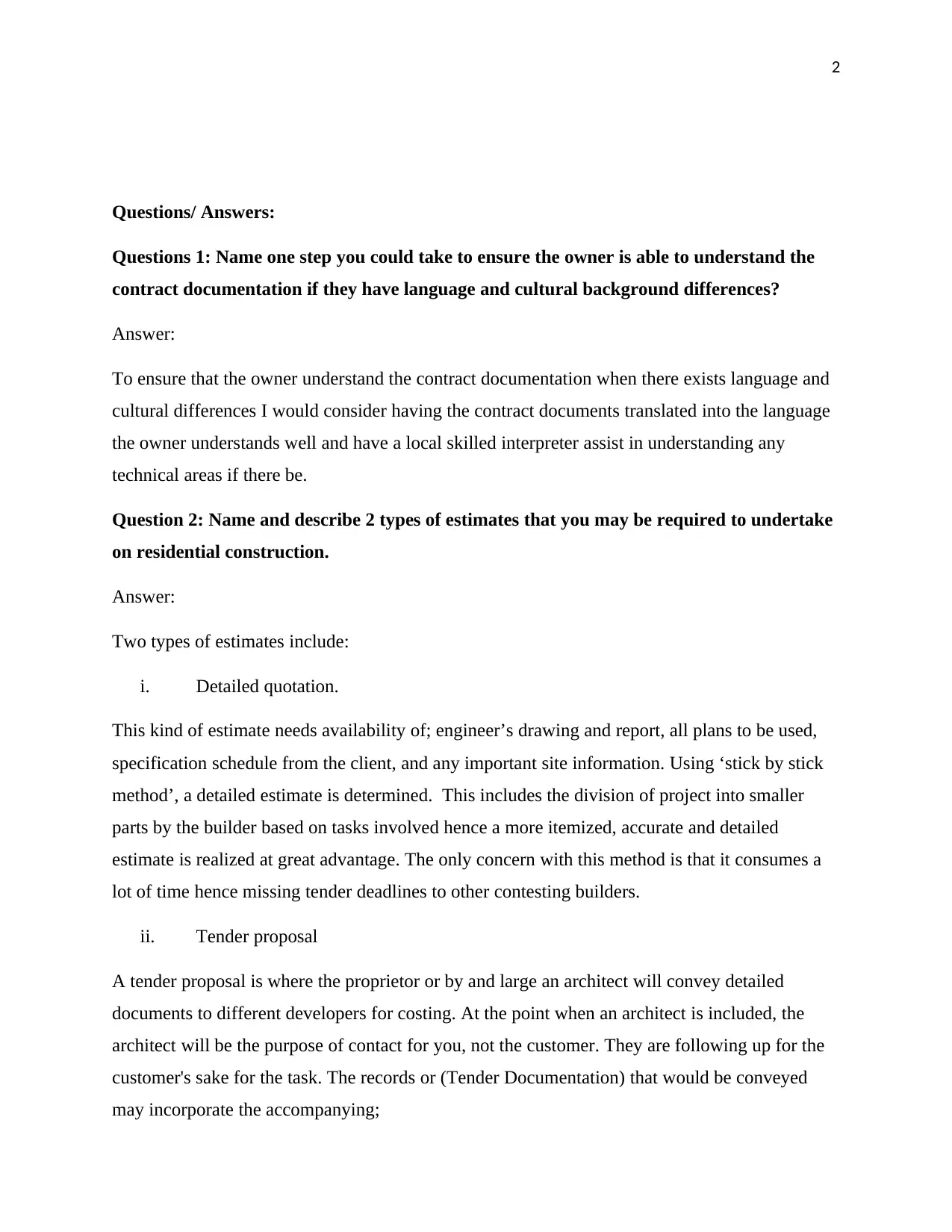
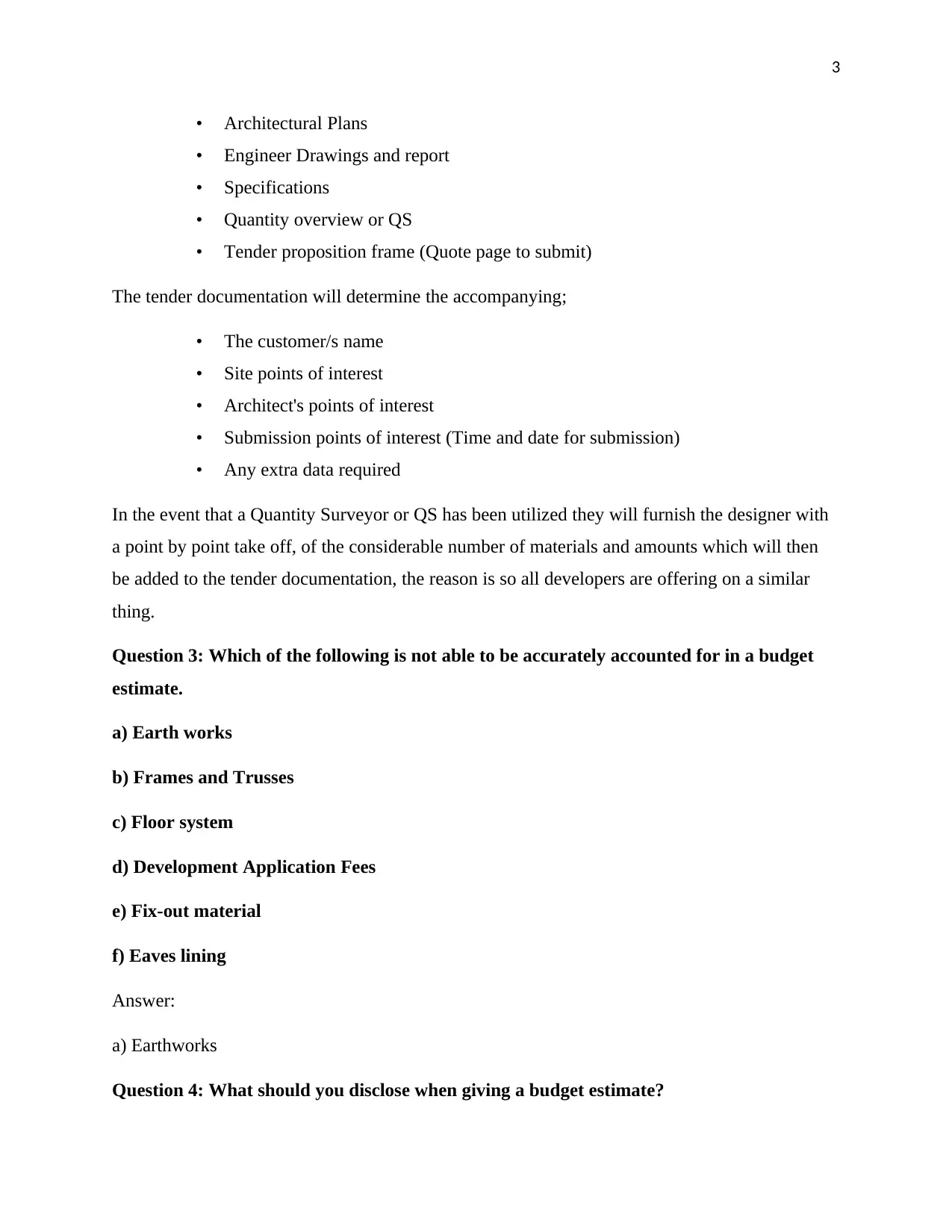

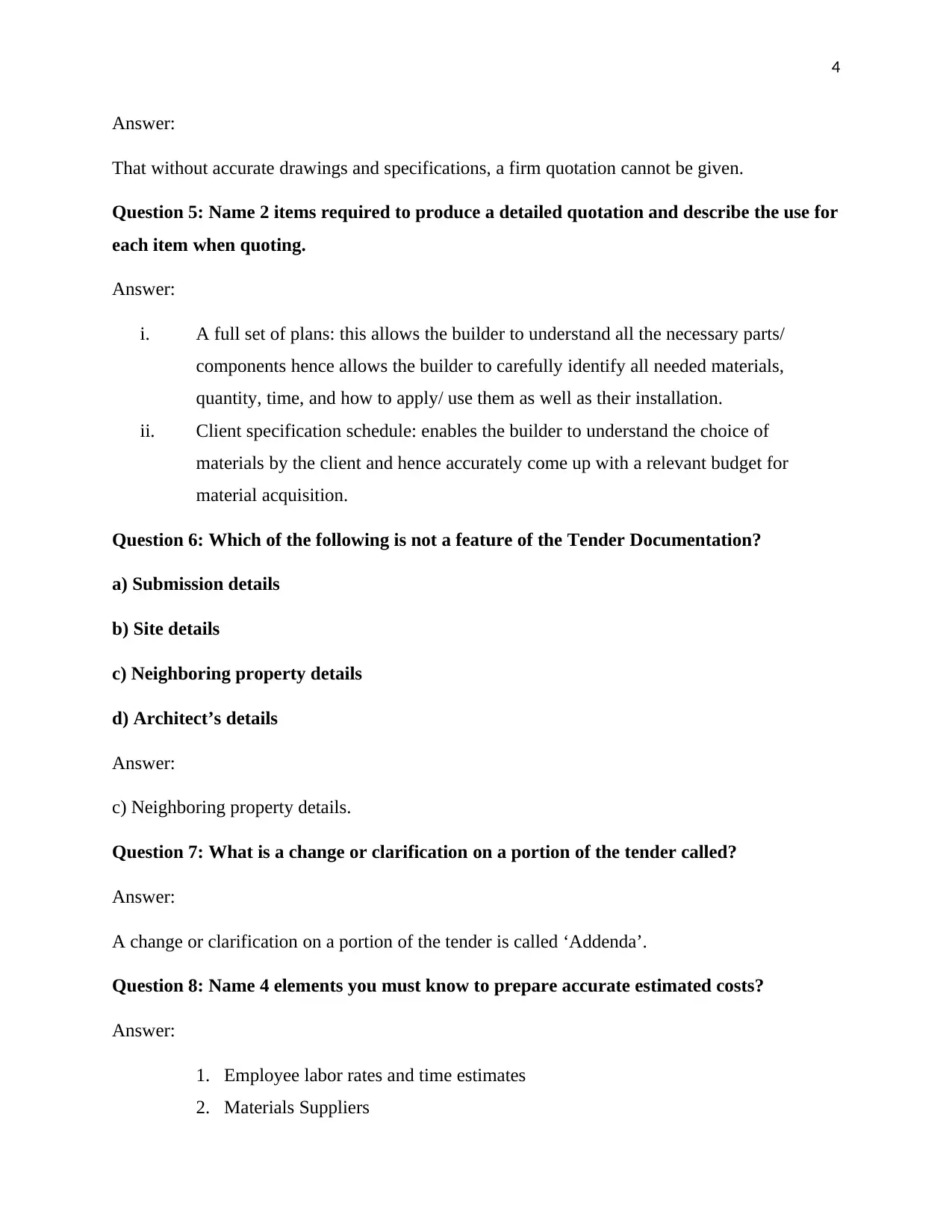
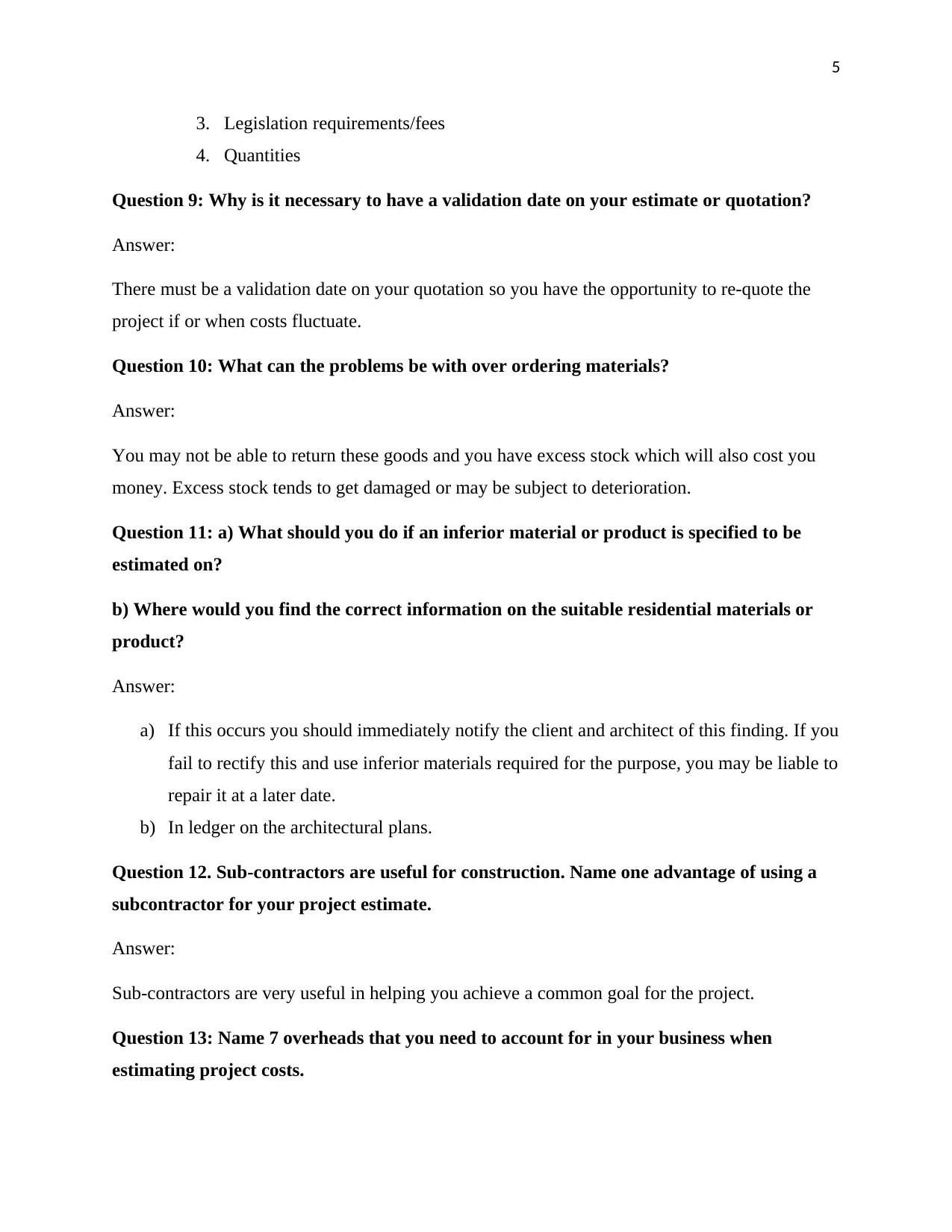
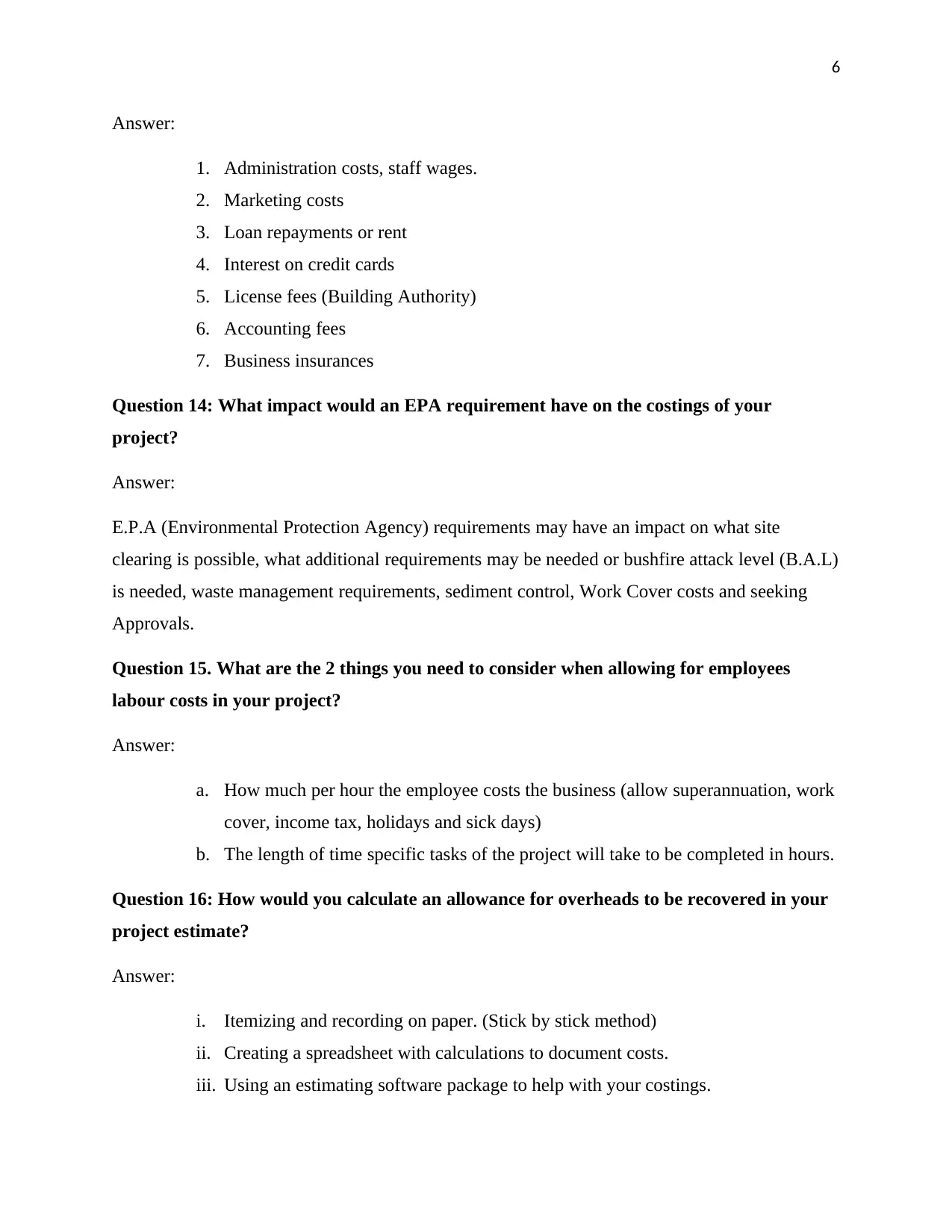
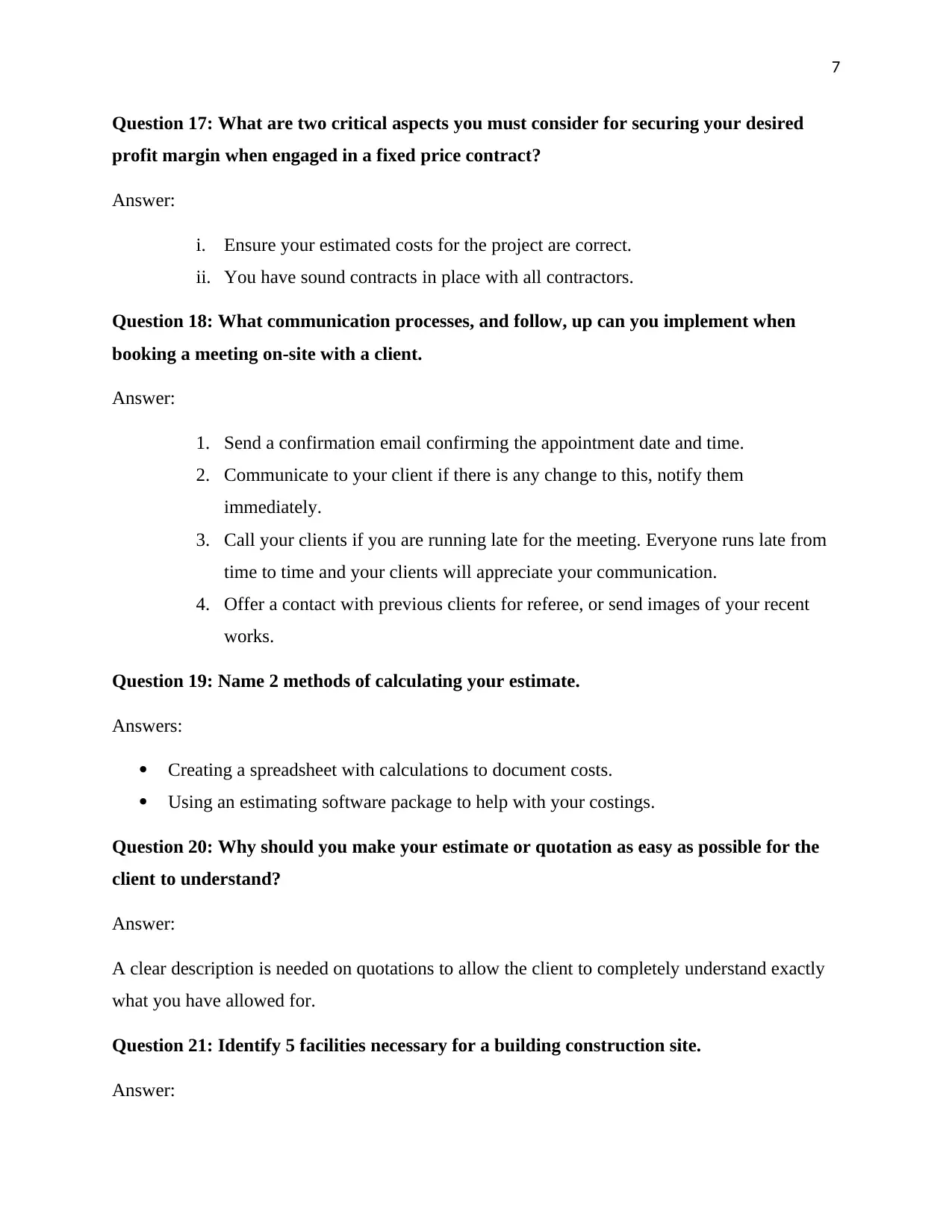
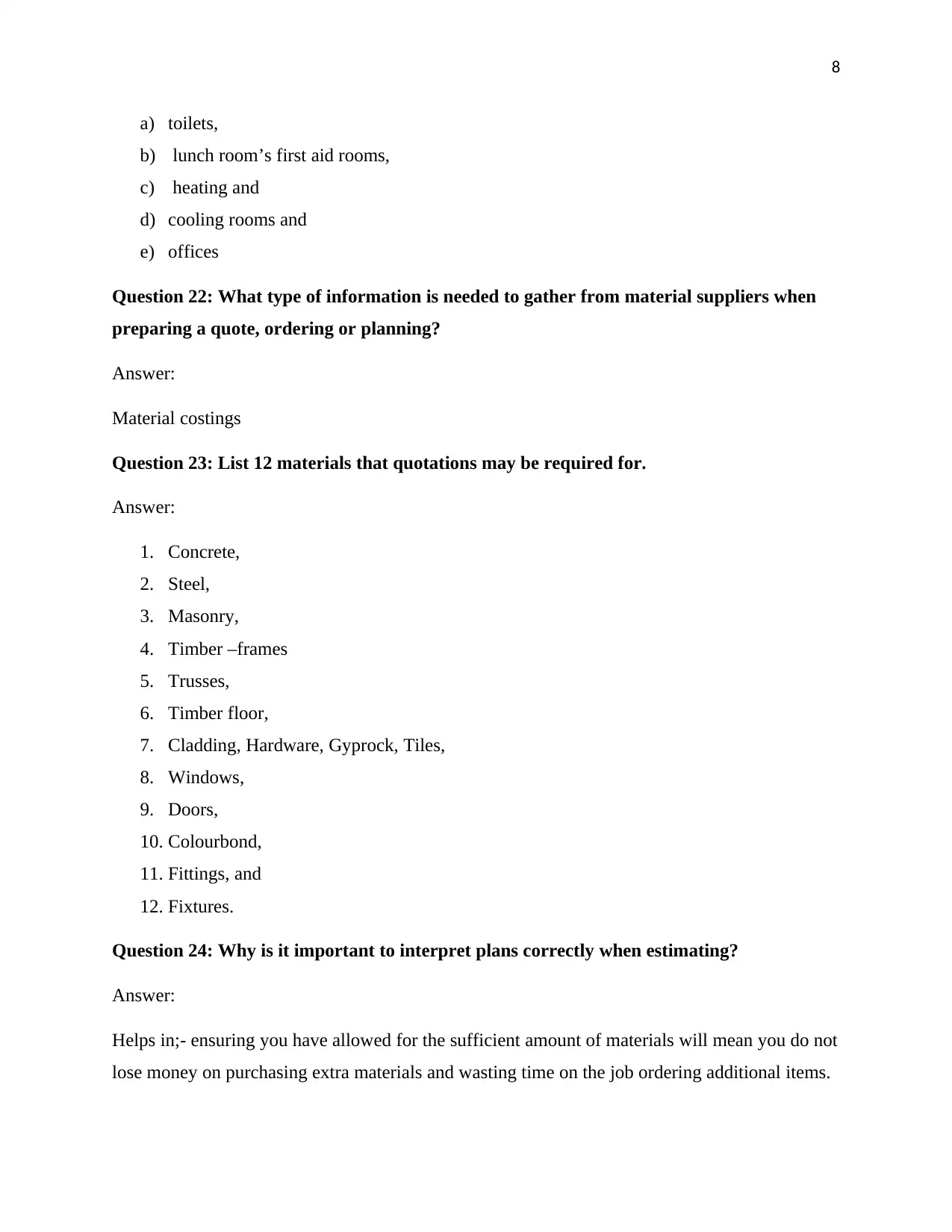
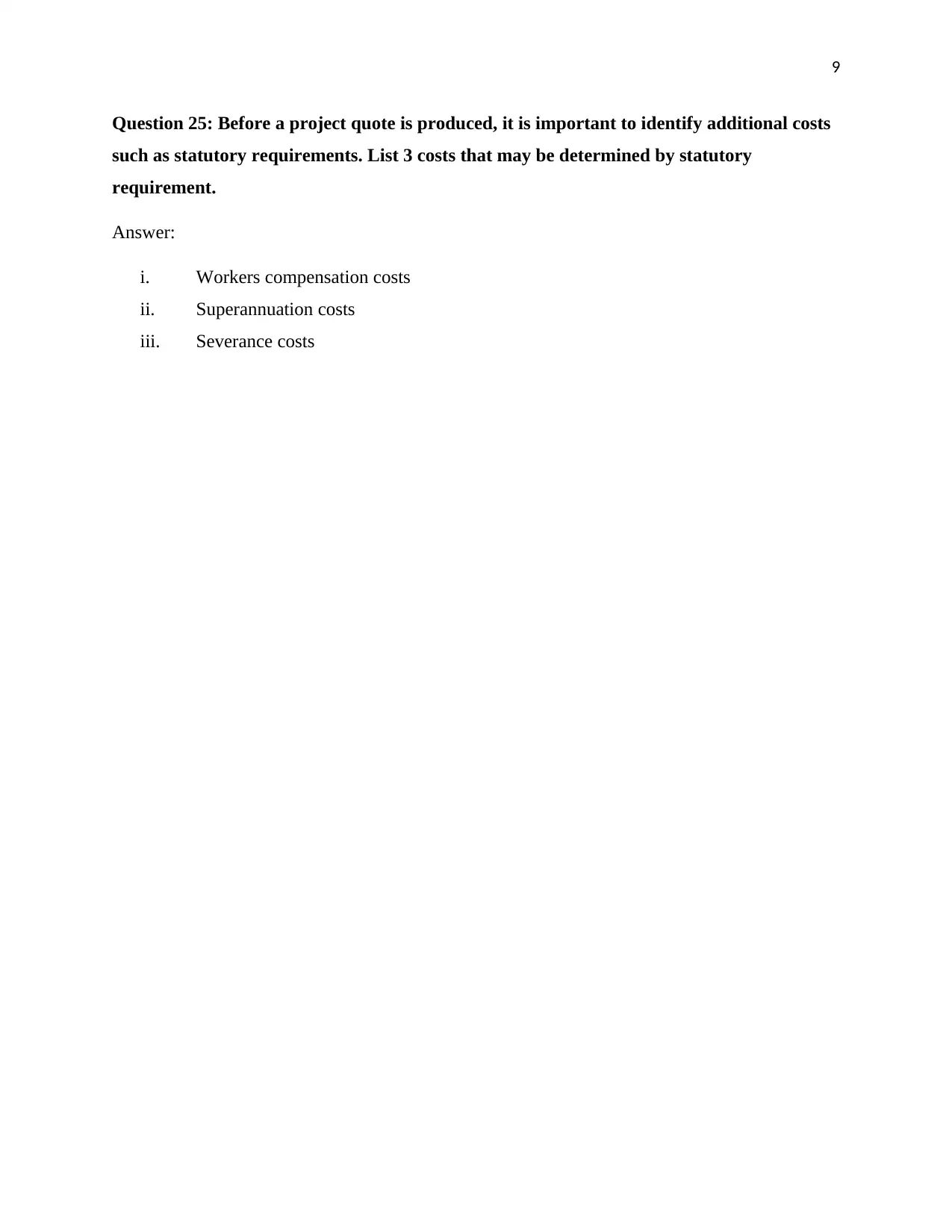



![[object Object]](/_next/static/media/star-bottom.7253800d.svg)